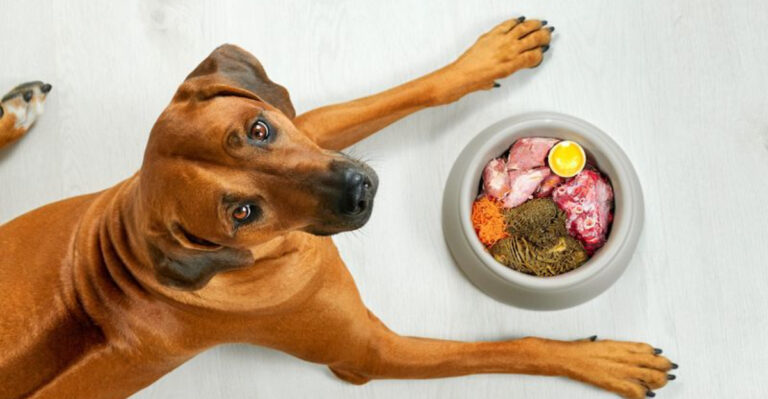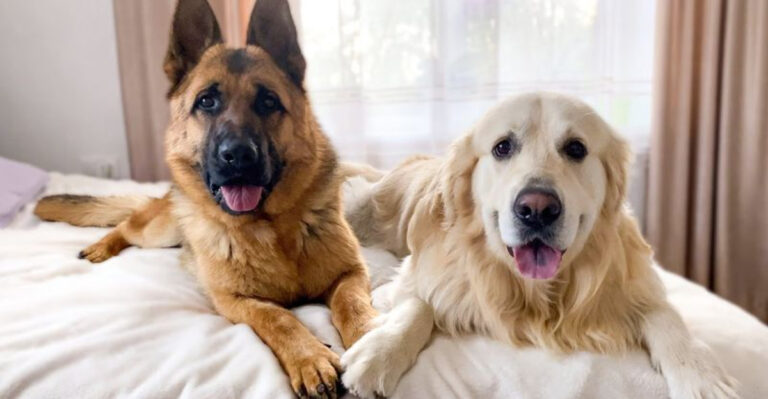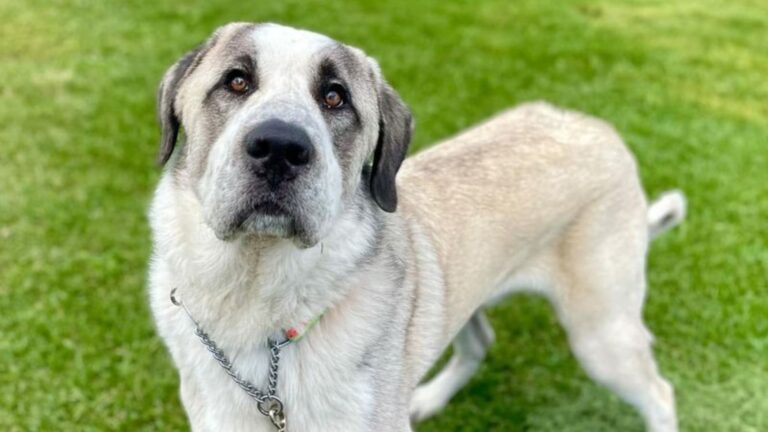15 Smart Tricks To Keep Your Dog From Starting Fights
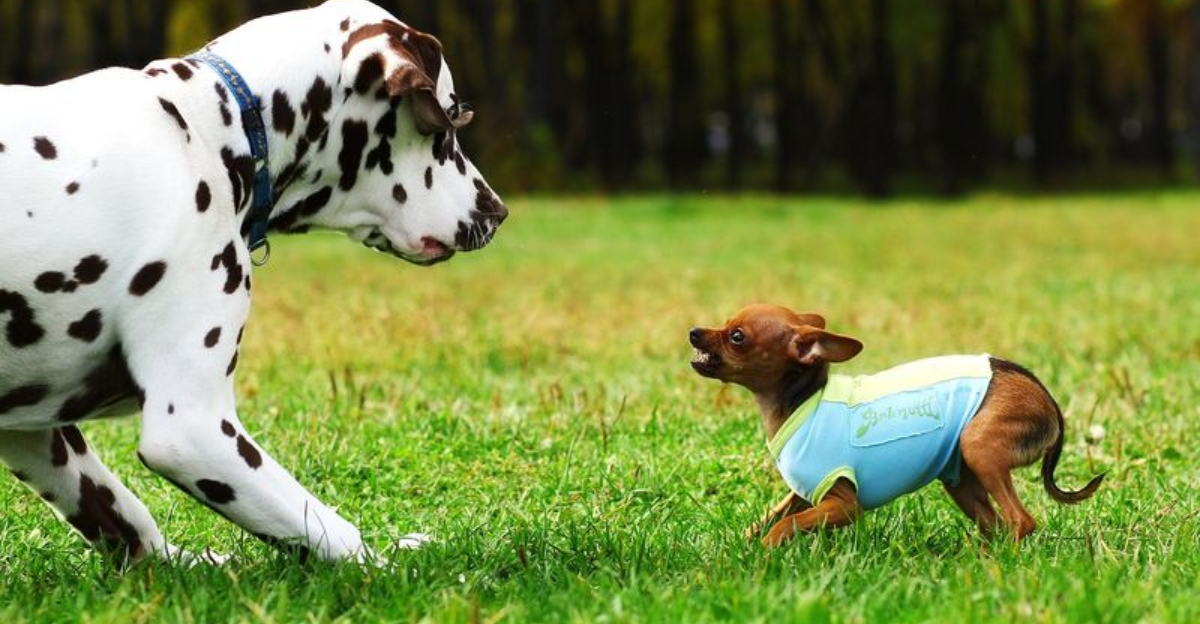
If you’re a dog parent, chances are you’ve dealt with a bit of drama between pups. Dog fights can be scary, but don’t worry – you’re not alone.
This post dives into super helpful ways to stop your dog from fighting. We’re talking real, practical tips that actually work.
From reading doggy body language to trying out smart training tricks, there’s a lot you can do. Let’s bring the peace back to your pack!
1. Avoid Punishment-Based Discipline
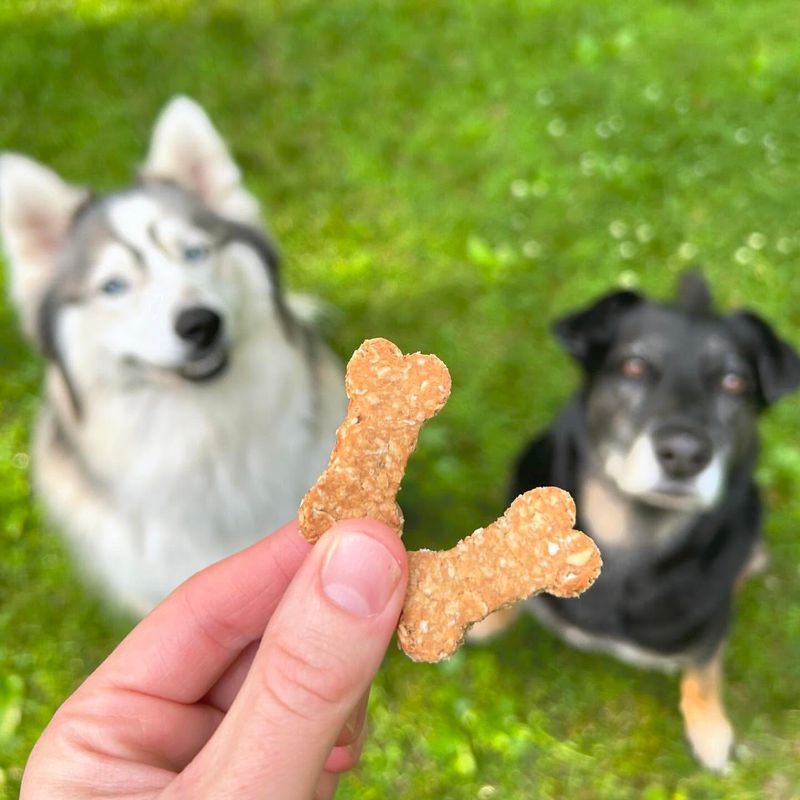
Punishment-based discipline can backfire and make aggression worse. Harsh corrections often create fear, not respect.
Stick with positive reinforcement—reward calm, non-aggressive behavior with treats or praise. Gentle redirection or short time-outs work better than yelling.
A supportive approach builds trust and helps your dog stay chill in tough situations.
2. Establish Yourself As The Pack Leader
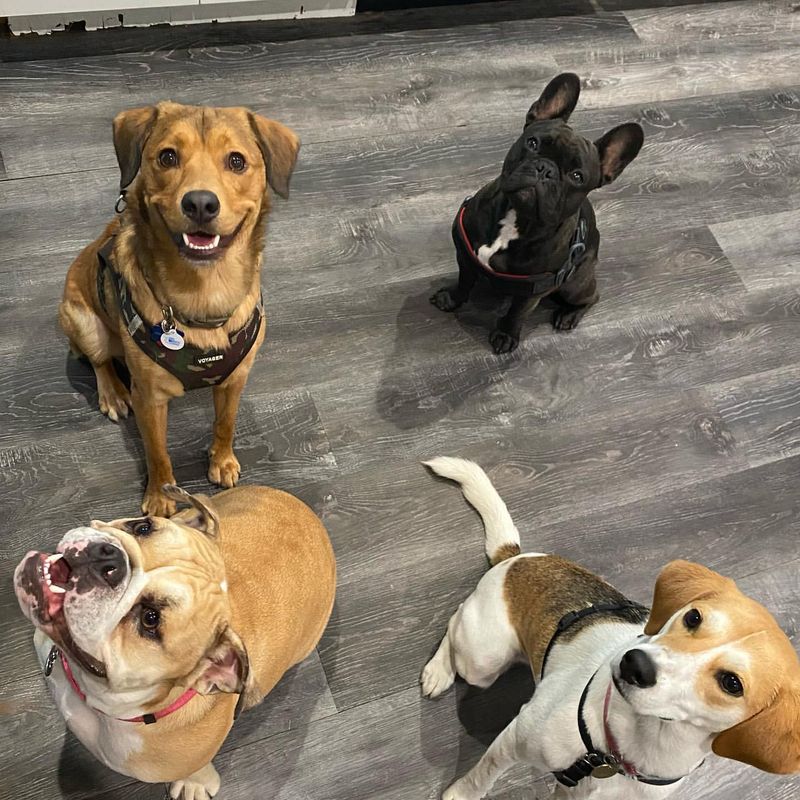
Being the pack leader helps keep the peace between dogs. When your dog sees you as the one in charge, they’re more likely to stay calm and follow your lead.
Set clear rules and stick to them—consistency is key. Control things like food, toys, and attention with a calm, confident vibe.
Structured routines and training show your dog you’re the boss, and that lowers the chance of fights.
3. Create A Calm Environment
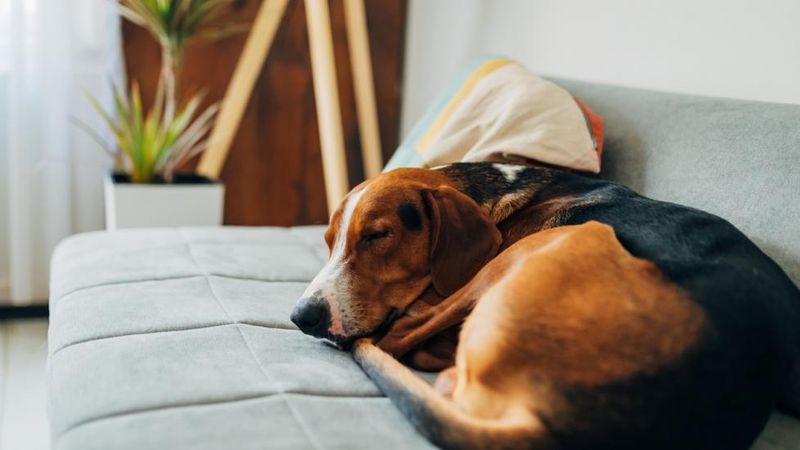
Creating a calm environment for your dog can significantly reduce anxiety and aggression.
Start by eliminating loud noises and chaotic elements in your home. A quiet, serene space can soothe your dog’s nerves and discourage aggressive tendencies.
Incorporate soft lighting and comfortable spaces where your dog can retreat when feeling stressed. Providing a safe haven allows your pet to feel secure and reduces the likelihood of fights.
4. Train Basic Commands
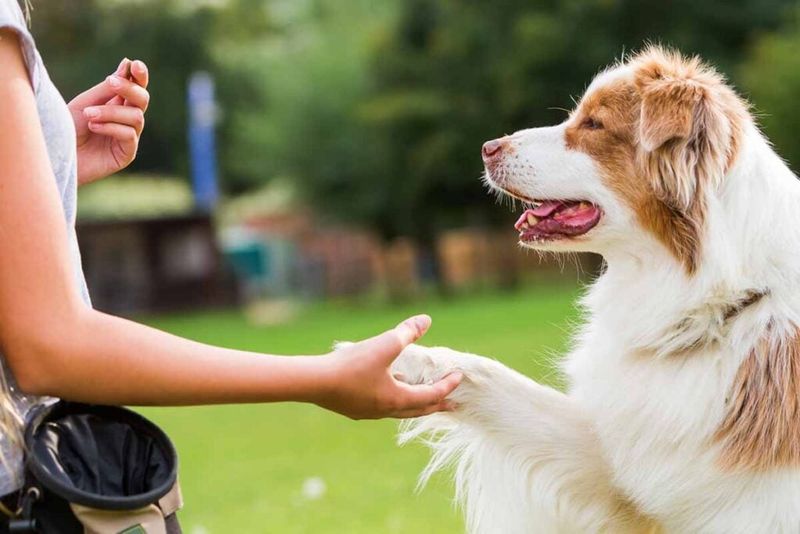
Training your dog with basic commands like ‘sit,’ ‘stay,’ and ‘leave it’ can be pivotal in mitigating fights. Consistent training helps establish control and instills discipline in your pet. Use treats and positive reinforcement to make the learning process enjoyable.
Enroll your dog in obedience classes or spend dedicated time each day practicing commands.
5. Build A Consistent Routine
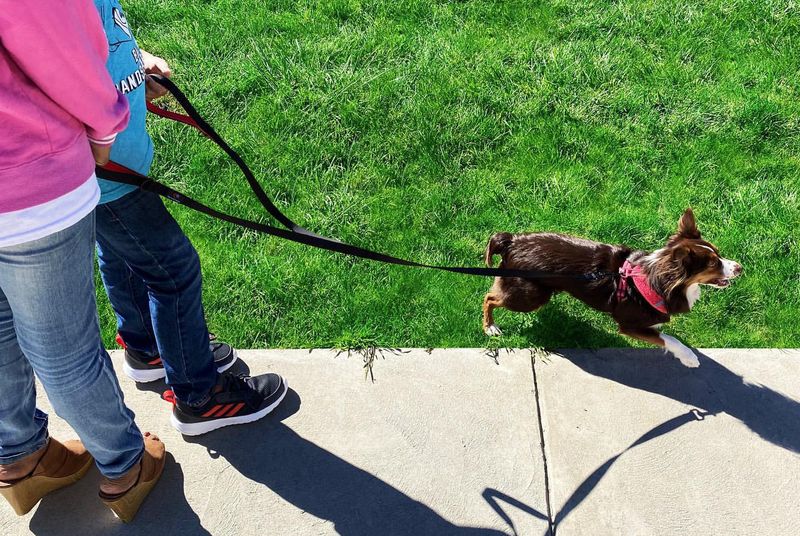
Dogs love routine—it helps them feel safe and secure. When life is predictable, there’s less stress and fewer chances for fights.
Stick to set times for meals, walks, and play. This keeps your dog calm and better behaved throughout the day.
Add in regular training to keep their mind sharp and reinforce good habits. A steady routine = a happier, more peaceful pup!
6. Consult A Professional Trainer
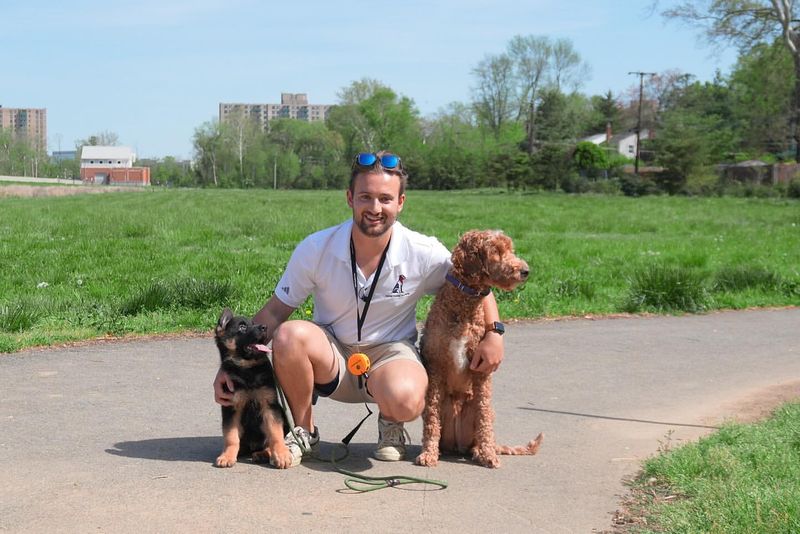
If your dog’s aggression isn’t improving, it’s time to call in a pro. A professional trainer can spot patterns you might miss and offer personalized solutions.
They’ll create a plan that tackles both short-term fixes and long-term behavior changes. Plus, you’ll learn how to handle tough situations with confidence.
Getting expert help sets you and your dog up for a calmer, happier life.
7. Socialize Your Dog From An Early Age
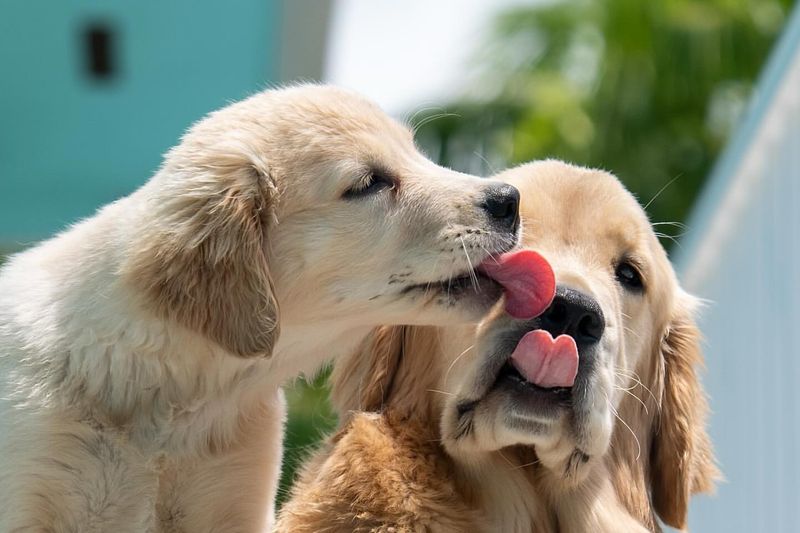
Socializing your dog early is key to stopping fights before they start. Puppies who meet new people, animals, and places grow up more confident and less reactive.
Start young—those first few months really matter. Take your pup to parks, pet stores, and around friendly dogs.
Puppy classes help too, offering safe, guided playtime. A well-socialized dog is way less likely to pick a fight later on.
8. Provide Adequate Exercise
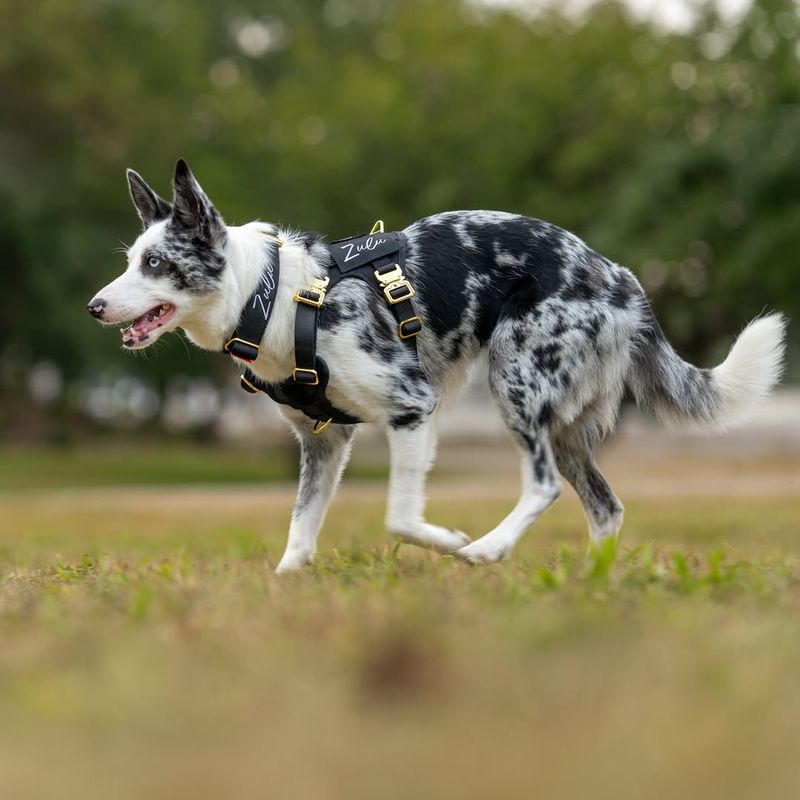
Exercise is one of the easiest ways to prevent dog fights. A tired dog is way less likely to pick a fight.
Make sure their routine matches their energy level—some need runs, others just a stroll. Consistent activity burns off that extra energy before it turns into trouble.
Plus, regular exercise keeps them happy, focused, and far less reactive.
9. Use Positive Reinforcement Training
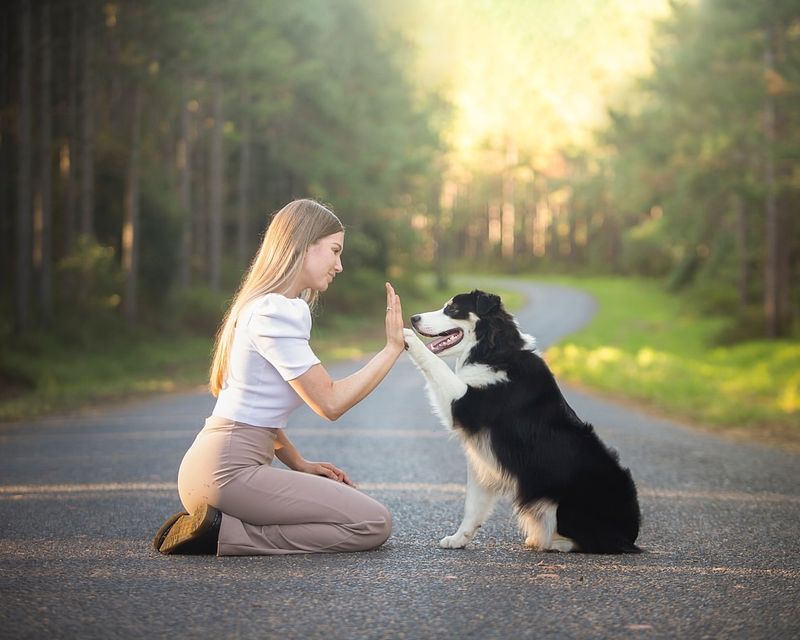
Positive reinforcement is a great way to teach your dog to stay chill around others. Reward calm, friendly behavior with treats, praise, or play.
The goal is to build happy associations with good behavior. Be consistent and reward right away so the message sticks.
Skip the punishments – they can make things worse.
10. Use Tools Like Muzzles And Leashes
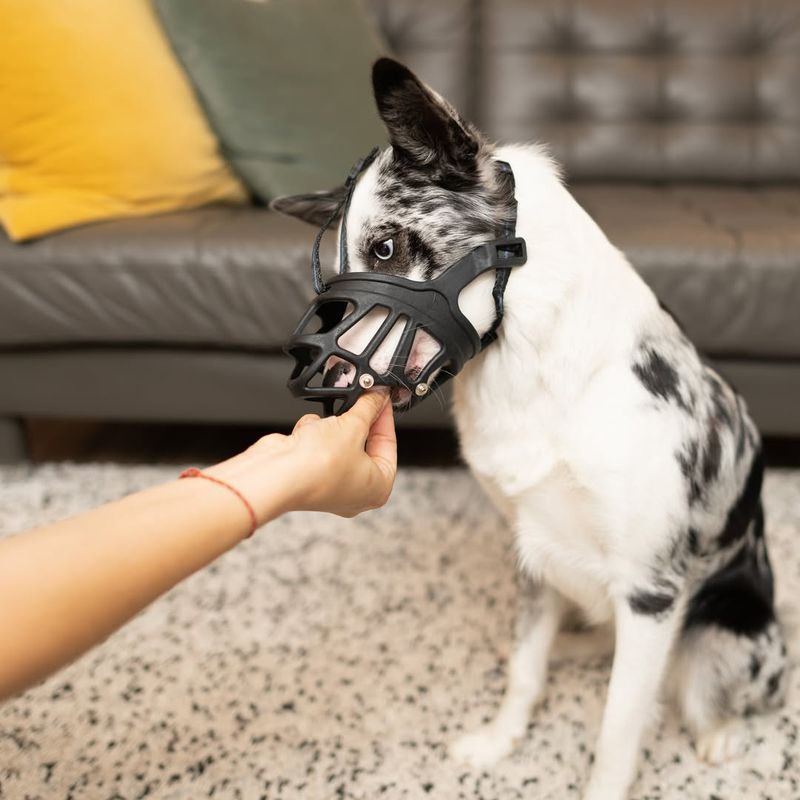
Muzzles and leashes are great tools for keeping everyone safe when tension might be high. They give you control and help prevent fights before they start.
Introduce a muzzle slowly and use treats to make it a positive experience. A comfy fit is key!
Leashes also let you steer your dog away from trouble. These tools aren’t a fix-all, but they’re super helpful in risky moments.
11. Understand Canine Body Language
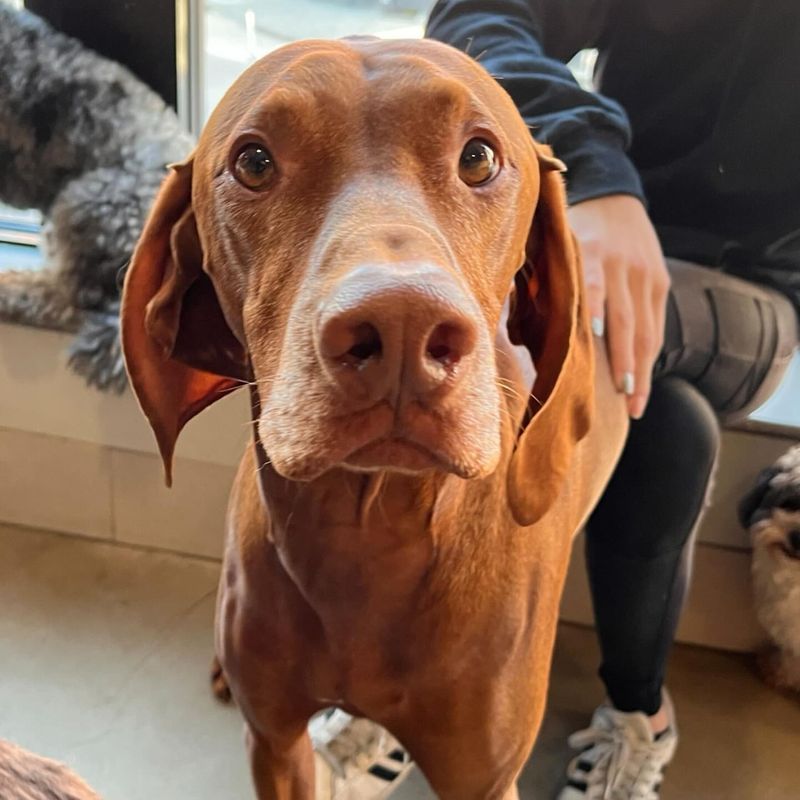
Understanding your dog’s body language is a powerful way to prevent fights. Dogs show how they feel through posture, eye contact, and movement.
Watch for stiff bodies, raised hackles, or intense staring—these are early warning signs. If you see them, stay calm and redirect your dog with a command they know.
Learning these cues helps you step in early and avoid conflict.
12. Neuter Or Spay Your Dog
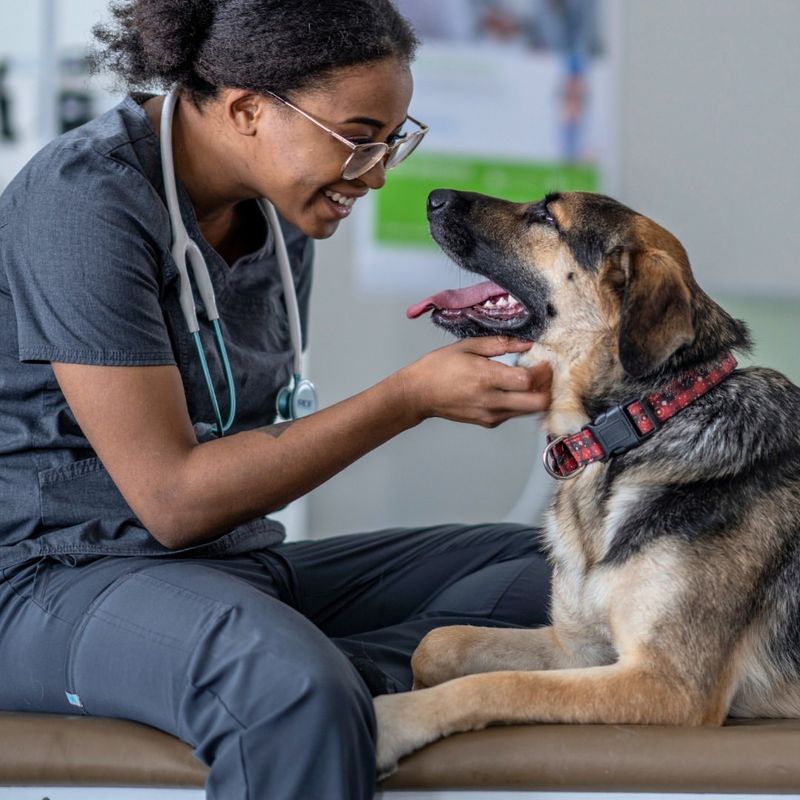
Spaying or neutering your dog can go a long way in reducing aggression and fights. It helps calm those hormone-driven behaviors like territorial marking or dominance.
Talk to your vet about the best timing—it can vary by breed. Many owners notice their dogs become more relaxed afterward.
It’s not a magic fix, but it definitely helps when paired with good training and socialization. Less tension means a happier, more peaceful home!
13. Avoid Triggers And Stressors
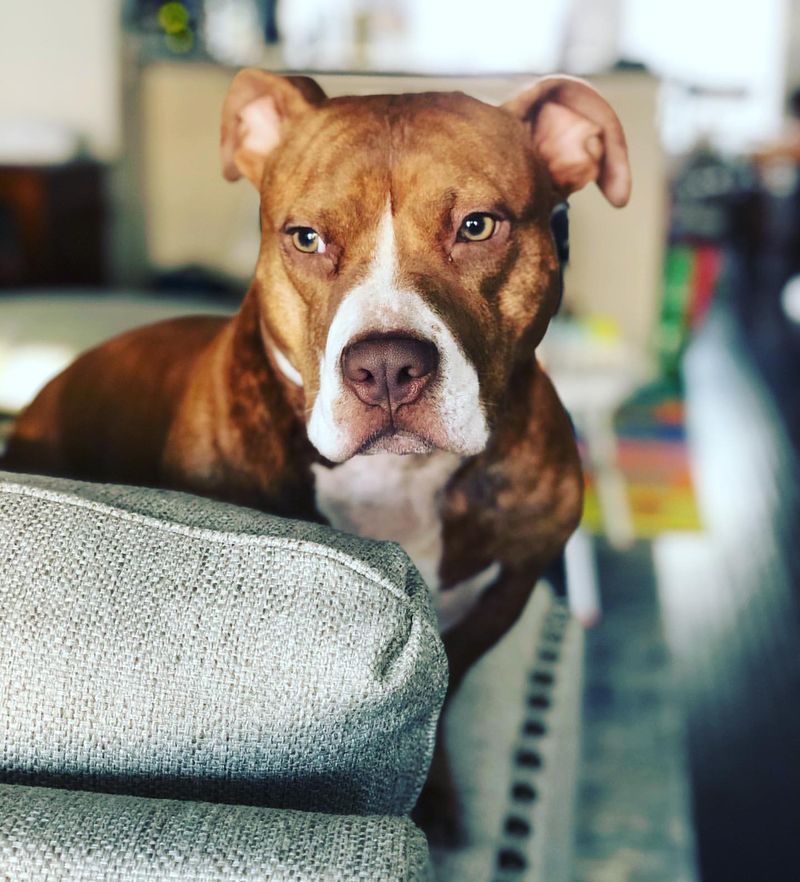
Knowing what sets your dog off is a big step in preventing fights. Triggers like loud noises, crowded areas, or certain dogs can spark aggression.
Watch for patterns and steer clear of situations that stress your pup out. If needed, try slow, controlled exposure to help them adjust.
A calm home and a safe retreat spot also make a huge difference. Less stress means fewer chances for a fight to break out.
14. Monitor Playtime With Other Dogs
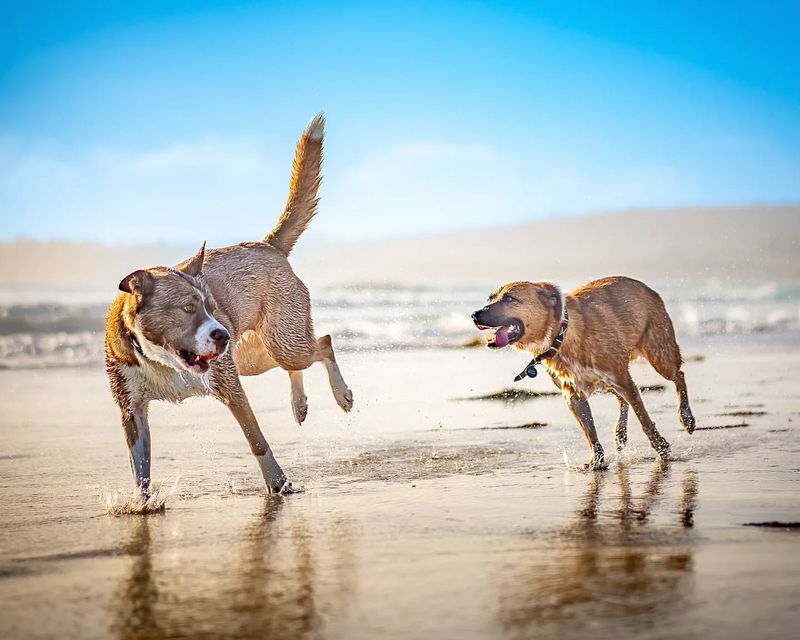
Always keep an eye on your dog during playtime—it’s fun, but things can heat up fast. What starts as roughhousing can quickly turn into a fight if no one steps in.
Watch for warning signs like growling or tense body language. Use simple commands like “leave it” to break the tension early.
Pair your pup with playmates that match their size and energy. Supervised play keeps things safe and happy for everyone.
15. Keep Calm and Stay Positive
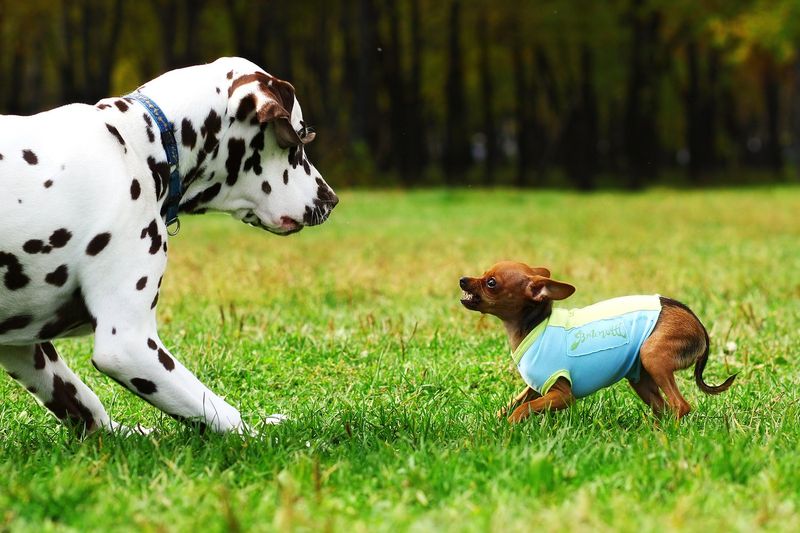
Your vibe matters more than you think—dogs pick up on it fast. Staying calm and relaxed can actually stop a fight before it starts.
If you get anxious or frustrated, your dog might mirror that energy. Keep your voice soft, your posture easy, and your tone steady.
A calm you means a calm dog, and that’s a recipe for fewer fights and a happier home.


